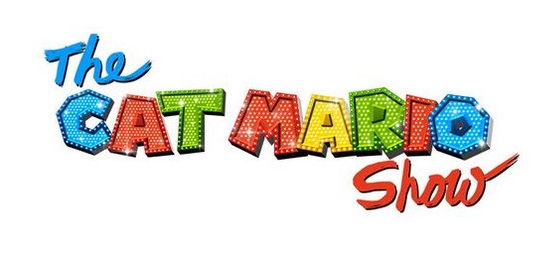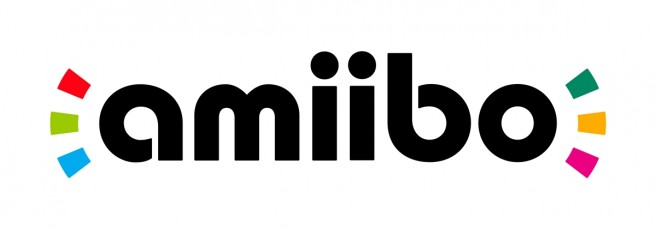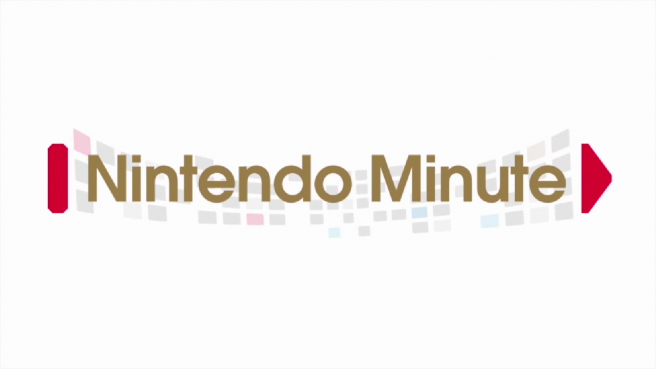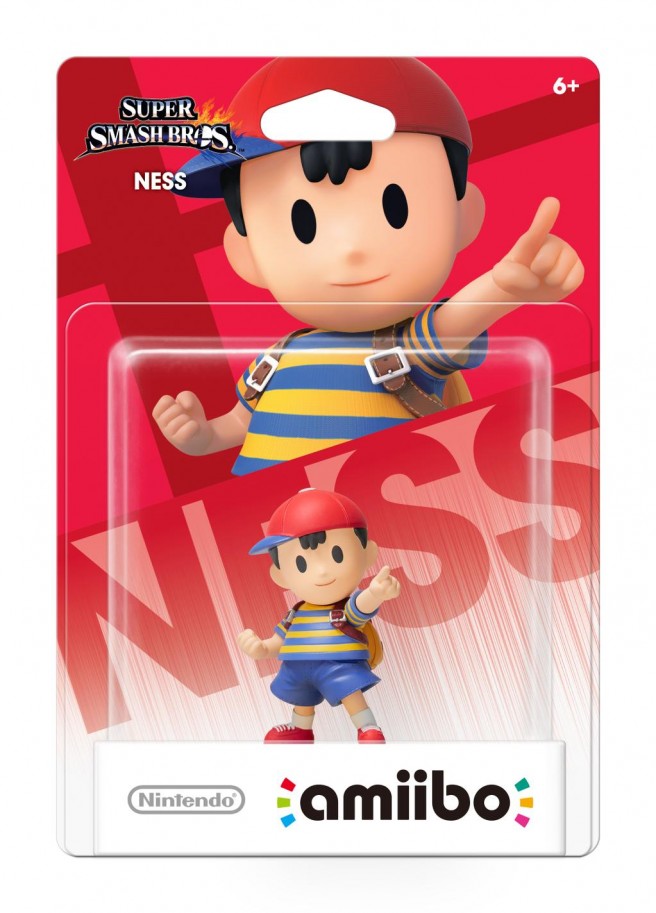New renders from Maverick Hunter, the cancelled Mega Man X shooter
Posted on 10 years ago by Brian(@NE_Brian) in General Nintendo | 14 Comments
You may recall that a story surfaced in mid-2013 about a cancelled Mega Man X first-person shooter tentatively titled “Maverick Hunter”. This project was being worked on by Armature Studio – a team comprised of staffers who previously worked on Metroid Prime. There were plans for a trilogy, but the game was cancelled in 2010 after just a few months of development.
Maverick Hunter is back in the news today, as new images have been discovered on artist Jaehoon Kim’s website. Take a look at them in the gallery below.
More: Armature Studio, Capcom, Maverick Hunter
N64 kid returns for Taco Bell commercial
Posted on 10 years ago by Brian(@NE_Brian) in General Nintendo, Random, Videos | 7 Comments
At this point, I’m sure most of you are familiar with the N64 kid. But just in case you have no idea what I’m referring to, check out this video:
That video was uploaded over nine years ago, and has gained millions of views on YouTube. It goes to show how much it meant to that person having received a N64 for Christmas!
Brandon Kuzma and his sister Rachel, who are now 25 and 22 respectively, recently starred in a new Taco Bell commercial that attempts to recreate the same scene as shown in the original video. View it below.
The Cat Mario Show – episode 12 (Europe)
Posted on 10 years ago by Brian(@NE_Brian) in General Nintendo, Videos | 0 comments
The latest episode of The Cat Mario Show has gone live on the European eShop. You can watch it below.
More: Europe, The Cat Mario Show
NicoNico Chokaigi 2015 – Pokken Tournament stage show recording
Posted on 10 years ago by Brian(@NE_Brian) in General Nintendo, Videos | 0 comments
On day two of NicoNico Chokaigi 2015, Bandai Namco held a stage show for Pokken Tournament. We learned about Gengar’s inclusion in the title, and there was a decent amount of gameplay. We’ve posted a recording of the Pokken Tournament stage show below.
Toys “R” Us: buy 1, get 1 40% off toys-to-life games, figures, and accessories
Posted on 10 years ago by Brian(@NE_Brian) in General Nintendo, News | 1 Comment
Toys “R” Us is holding a sale on toys-to-life products this week. All games, figures, and accessories are eligible for a buy 1, get 1 40% promotion. amiibo, Disney Infinity, and Skylanders items are eligible.
A complete listing of discounted products can be found here. The sale is valid through May 2.
Gengar confirmed for Pokken Tournament
Posted on 10 years ago by Brian(@NE_Brian) in General Nintendo, News | 5 Comments
Bandai Namco revealed a new playable character for Pokken Tournament during a stage show at NicoNico Chokaigi 2015 today. In a video shown to fans, Gengar was announced for the fighting title.
Check out the Gengar reveal trailer below.
More: Bandai Namco, Pokken Tournament
Photos of Mario and kids, parents and fans playing Puzzle & Dragons at Nintendo World
Posted on 10 years ago by Brian(@NE_Brian) in 3DS, General Nintendo, Images | 1 Comment
An event was held at Nintendo World store earlier today for Puzzle & Dragons Z + Puzzle & Dragons Super Mario Bros. Edition. Nintendo has since sent out a few photos, which can be found below.
Photo 1
In this photo provided by Nintendo of America, Onica C. and son Daniel C., age 6, of New York City attend an exclusive event at the Nintendo World store in New York on April 25, 2015, to play and learn about Puzzle & Dragons Z + Puzzle & Dragons Super Mario Bros. Edition. The two unique puzzle games combine match-three and RPG elements, and come in one package for the Nintendo 3DS family of systems on May 22. A free demo for Puzzle & Dragons Super Mario Bros. Edition will be available on April 30, 2015.
Photo 2
In this photo provided by Nintendo of America, Fox W., age 4, of New York City and Daniel O. from Nintendo of America have fun playing and learning about Puzzle & Dragons Z + Puzzle & Dragons Super Mario Bros. Edition at an exclusive event at the Nintendo World store in New York on April 25, 2015. The two deep puzzle games combine elements of match-three and RPG games, and are coming in one package to the Nintendo 3DS family of systems on May 22, 2015.
Photo 3
In this photo provided by Nintendo of America, Daniel O. of Nintendo of America and Dylan M., age 6, of Brooklyn, NY, lose themselves in the fun game play of Puzzle & Dragons Z + Puzzle & Dragons Super Mario Bros. Edition at an exclusive event at the Nintendo World store in New York on April 25, 2015. The two immersive puzzle games combine elements of match-three and RPG games, and are coming in one package to the Nintendo 3DS family of systems on May 22, 2015. A free demo for Puzzle & Dragons Super Mario Bros. Edition will be available on April 30, 2015.
Photo 4
In this photo provided by Nintendo of America, Emily S., age 8, of New York, meets Mario at an exclusive event at the Nintendo World store in New York on April 25, 2015. Attendees were delighted with a surprise visit by the Mario costumed character and played Puzzle & Dragons Z + Puzzle & Dragons Super Mario Bros. Edition, two surprisingly deep puzzle games that combine elements of match-three and RPG games, and that will come in one package to the Nintendo 3DS family of systems on May 22.
Source: Nintendo PR
Nintendo Minute – “Whisper Challenge”
Posted on 10 years ago by Brian(@NE_Brian) in General Nintendo, Videos | 0 comments
This week’s Nintendo Minute has Kit and Krysta taking on the “Whisper Challenge”. We’ve included it below.
More: Nintendo Minute
Video: Robin, Lucina and Ness amiibo unboxing
Posted on 10 years ago by Brian(@NE_Brian) in General Nintendo, Videos | 0 comments
NintenDaan has uploaded a new video with unboxings for the Robin, Lucina and Ness amiibo. View it below.
More: Amiibo
Video: Another look at the Charizard, Lucina, Pac-Man, Robin, Ness and Wario amiibo
Posted on 10 years ago by Brian(@NE_Brian) in General Nintendo, Videos | 0 comments
The folks over at MyGamingBoulevard uploaded a new video that provides a close-up look at the Charizard, Lucina, Pac-Man, Robin, Ness and Wario. Watch it below.














